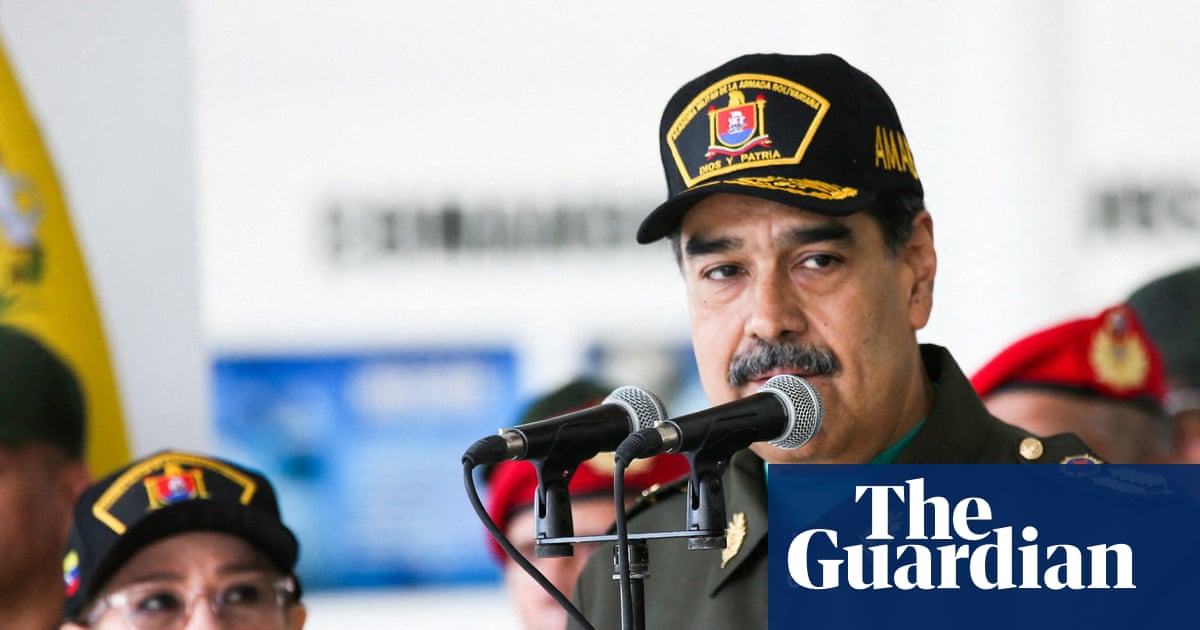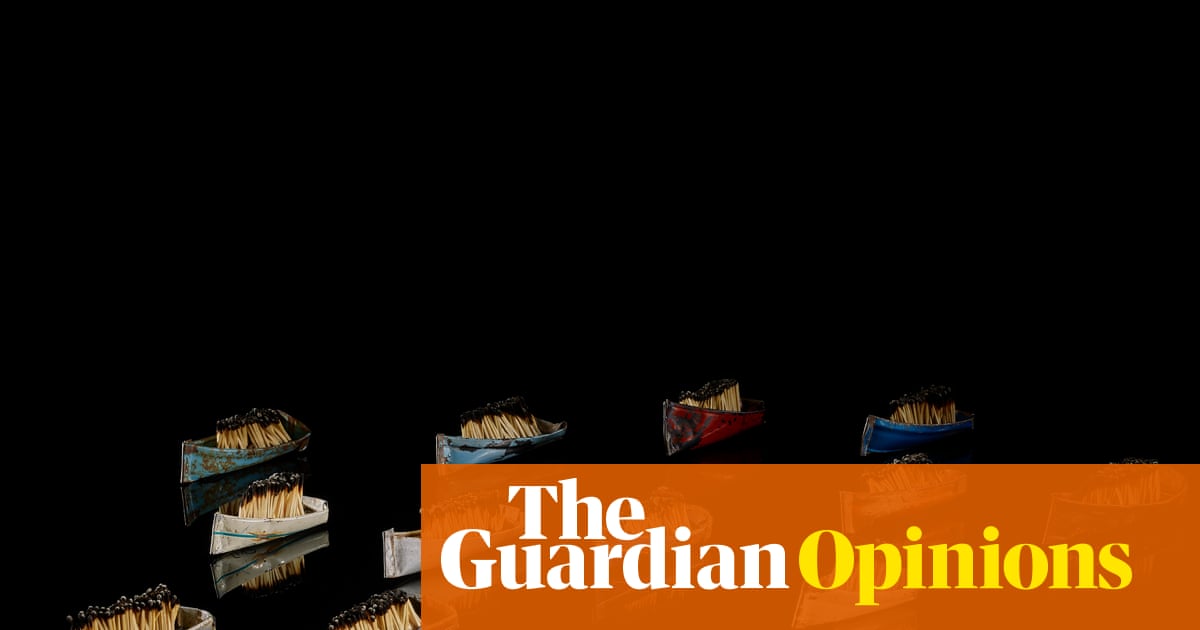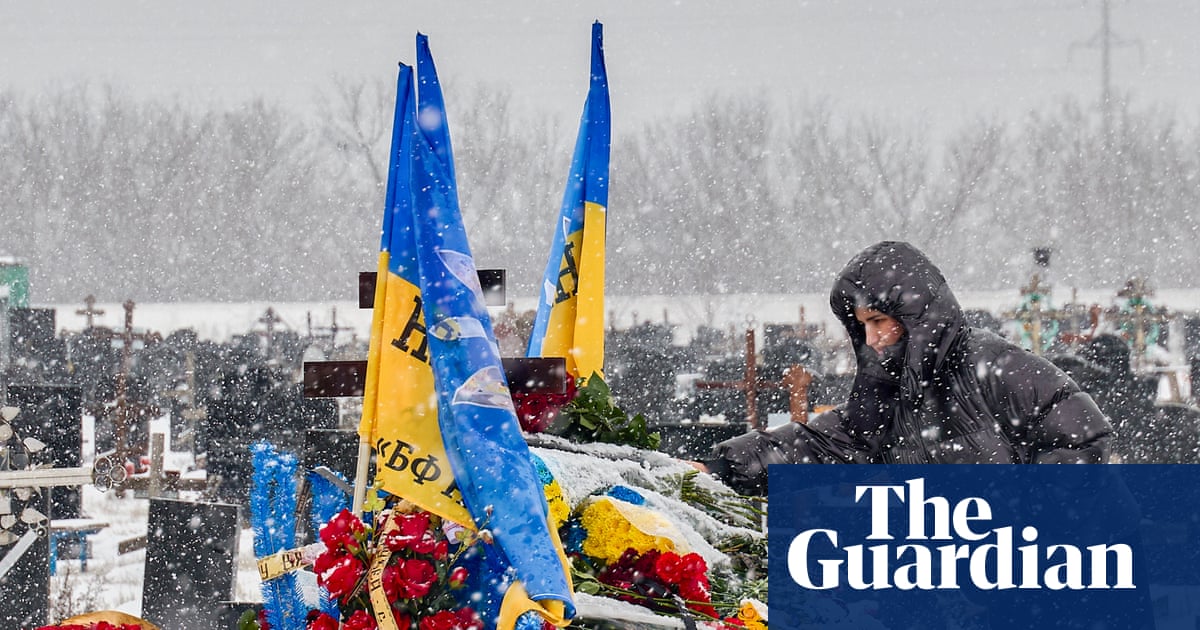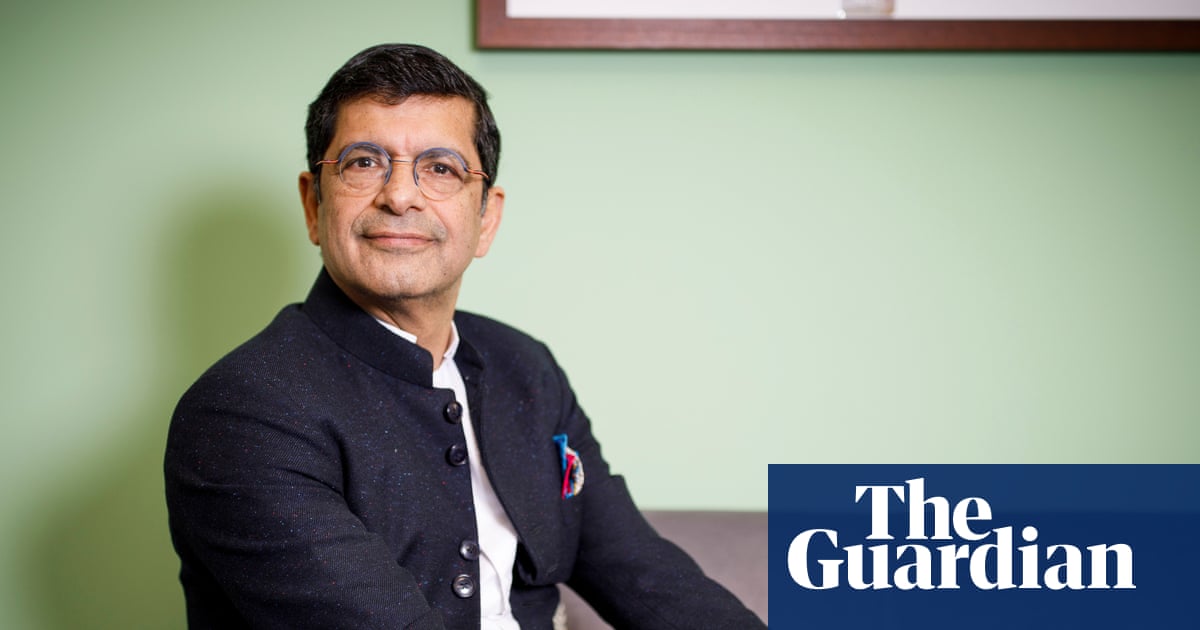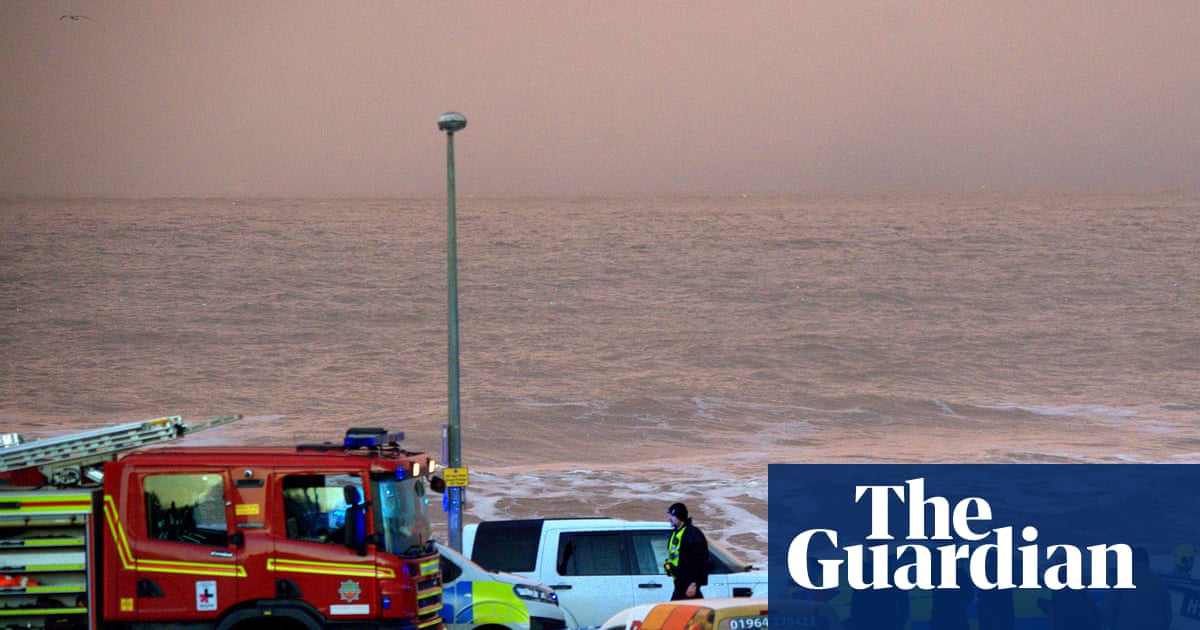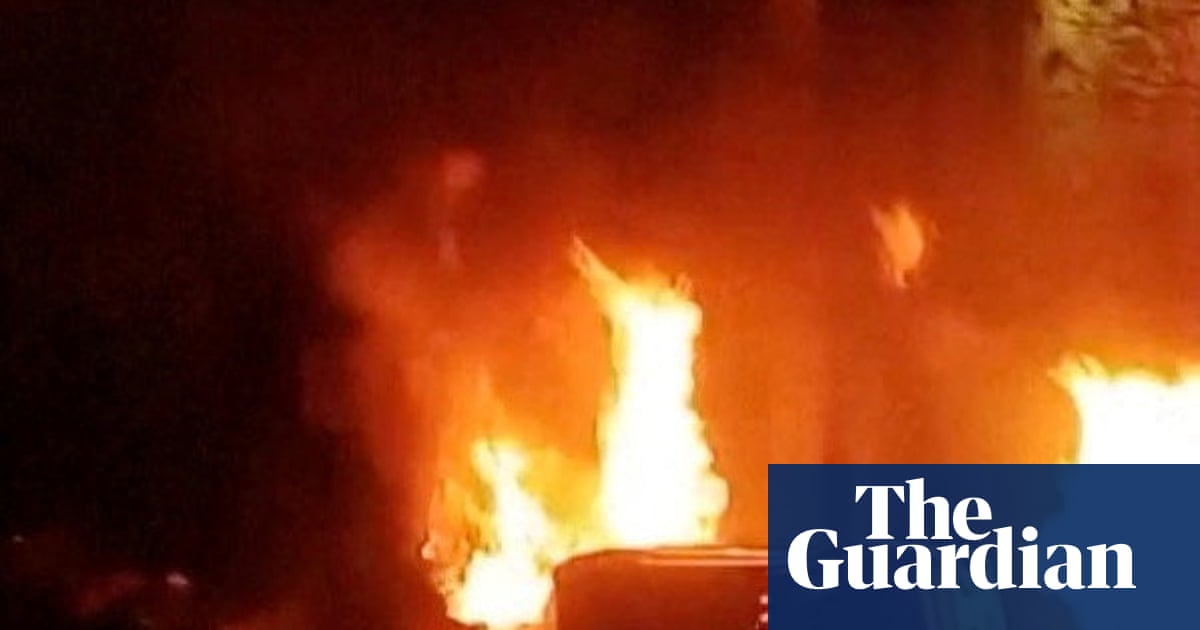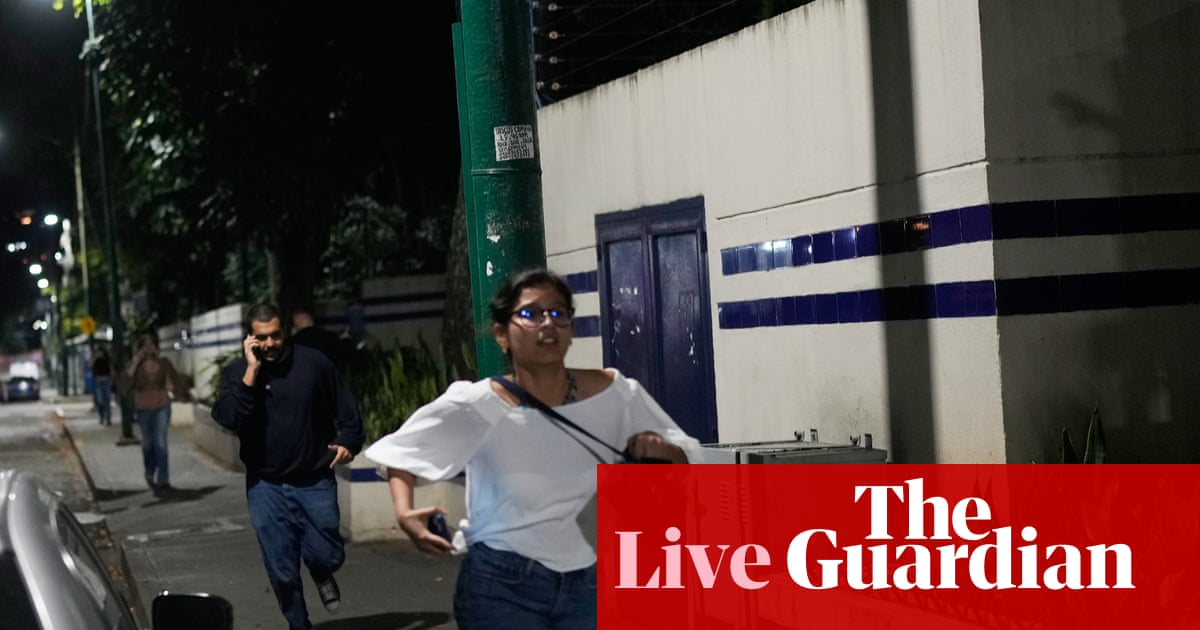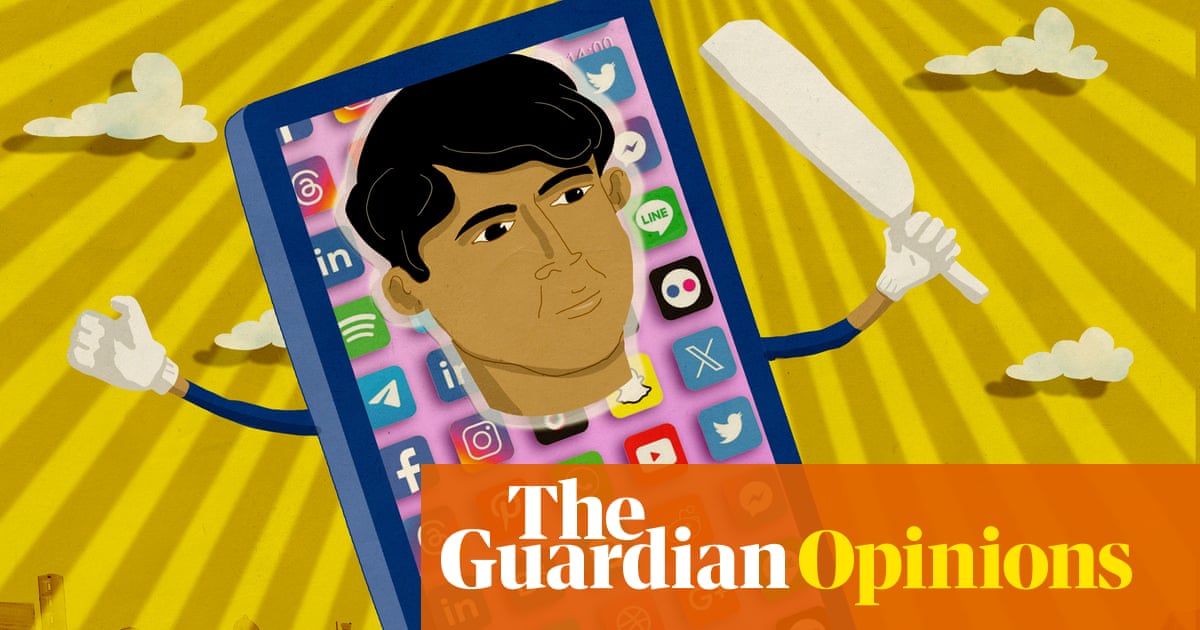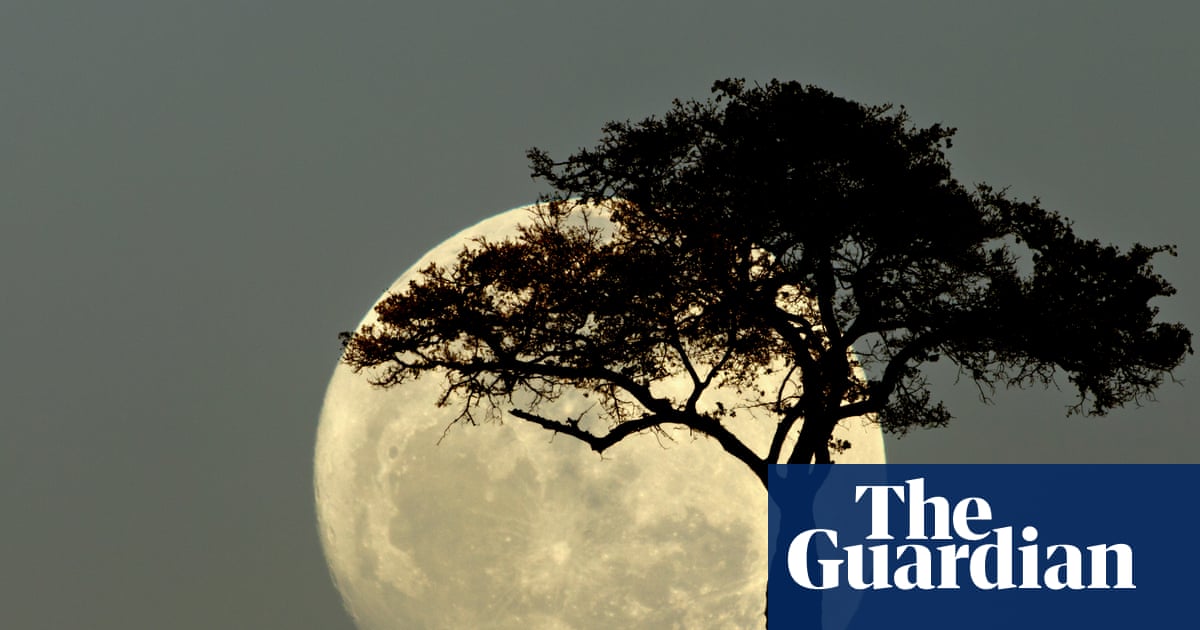Across Kathmandu, the acrid stench of smoke still lingers. Singha Durbar, the opulent palace that housed Nepal’s parliament, stands charred and empty, its grand white columns turned a sooty black. The home of former prime minister KP Sharma Oli – who just last week seemed to have an unshakable grip on power – is among those reduced to ruins, while Oli remains in hiding, his location still unknown.
They stand as symbolic monuments to the week that Nepal’s political system was brought crashing down at the hands of a leaderless, organic movement led by young people who called themselves the Gen Zs, referring to those aged between 13 and 28.
By Friday evening, in an extraordinary turn of events for the small Himalayan nation, the country’s old parliament was dissolved, the former PM remained hidden under army protection, and Nepal’s first female prime minister, the former chief justice and anti-corruption crusader Sushila Karki, was sworn into office.
For the next six months, before elections are held in March, Karki will lead an interim government absent of any of the main political parties that have dominated the country’s political landscape for decades – and that have lost all legitimacy in the eyes of many Nepali youth. In her first speech to the nation on Sunday, Karki promised an “end of corruption, good governance and economic equality”.
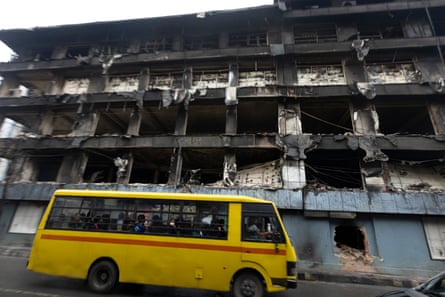
For some, Nepal has finally broken free of the elite, corrupt politics that held back the country for years, following in the footsteps of its neighbours Sri Lanka and Bangladesh, where youth-led revolts also toppled entrenched, veteran leaders. Others are concerned about the unknown consequences for a country that only became a democratic republic in 2006.
Tanuja Pandey, 26, one of the faces of the Gen Z protests, emphasised that the toppling of the Oli government was not part of any pre-planned conspiracy. “The wealth of those in power and with access had grown enormously; while others continue to suffer,” she said. “Our generation, Gen Z, is bearing the cost of this and that’s what forced us out on to the streets.”
Anger in Nepal, where the median age is just 25, had been building. Endless corruption scandals and ongoing political instability – the country has had 14 prime ministers in 16 years – has left young people feeling increasingly disenfranchised.
In recent weeks, online campaigns with the hashtags #NepoBaby and #NepoKids – referring to the nepotism and corruption of the country’s elite – began trending widely across TikTok, X, Facebook and Instagram, alongside images of the children of high-ranking officials as they lived lives of luxury: holidaying in expensive resorts, sipping champagne while decked out in Louis Vuitton, Cartier and Gucci apparel and driving high-end imported cars.
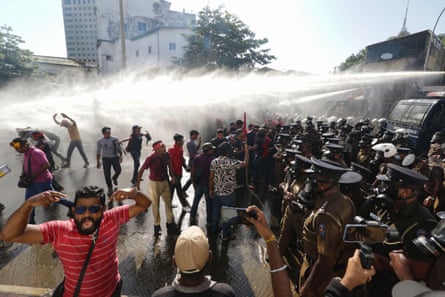
For the majority of the young people of Nepal grappling with crippling inflation, economic hardship and high youth unemployment – driving millions to find exploitative, often deadly labour work abroad in places such as the Gulf – the images of wealth and luxury were damning proof that Nepal’s political system was broken.
Talk of revolution in the coffee shops of Kathmandu had increased after youth-led protests movements across south Asia resulted in the departures of Sri Lanka’s authoritarian leader, Gotabaya Rajapaksa, who fled the capital, Colombo, in 2022; and Bangladesh’s Sheikh Hasina, who left Bangladesh last year. Recent mass student-led protests in Indonesia, over deep economic frustrations and the lavish perks for politicians, have also been widely cited as an inspiration.
Ashish Pradhan, a Nepal expert at the Crisis group, said: “There was a lot of chatter online about taking inspiration from the Bangladeshis, from the Sri Lankans and from what’s happening with the student movement in Indonesia. People were posting images of Sheikh Hasina fleeing Bangladesh and saying: ‘This could be us – Nepal should be next.’”
In each case, the specific complaints against leaders varied, but the wider socioeconomic frustrations of the young people who rose up against an ageing and corrupt political class were remarkably similar. All countries have a booming youth population – almost 40% of the population of south Asia is below the age of 18 – yet this so-called “youth dividend” is seen as largely going to waste due to poor education, a lack of jobs, persistently low wages and poor living standards.
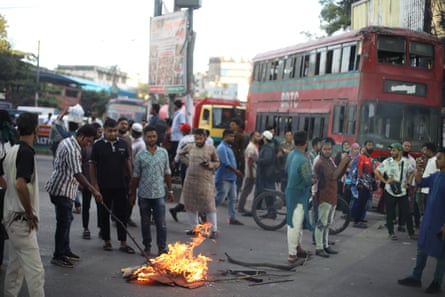
Chietigj Bajpaee, a senior research fellow for south Asia at Chatham House, said the youth-led movements that had erupted in Nepal, Indonesia, Bangladesh and Sri Lanka spoke to “several structural challenges facing countries across the region. This includes political dysfunction with governments not seen to be responsive to their young and aspirational populations, economic distress and demographic pressures.”
In all these countries, where the majority of Gen Zs now have an online presence, Bajpaee said that social media had emerged as a critical “catalyst for change – and occasional instability – by offering a means to mobilise populations and an alternative narrative to that being promoted by governments across the region”.
It was the Oli government’s decision to impose a draconian and clumsily enforced ban on almost all social media sites, including Facebook, YouTube and WhatsApp, which was seen as evidence of the increasingly authoritarian overreach, that finally drove the anger out on to the streets of Nepal, . “They shut down the civic space of our generation,” said Raksha Bam, 26, a Gen Z protester. “That is why Gen Z gathered in one place.”

 3 months ago
65
3 months ago
65

